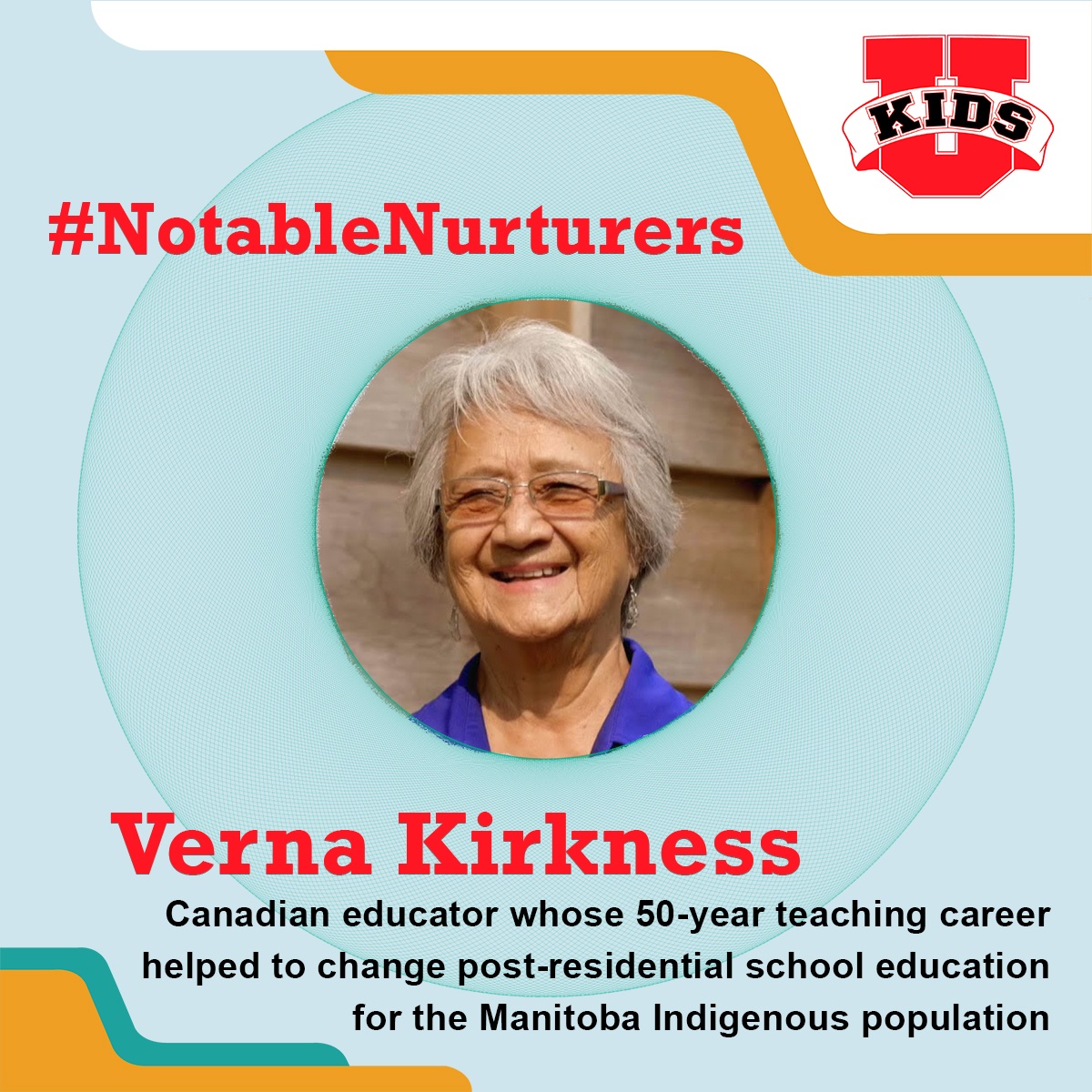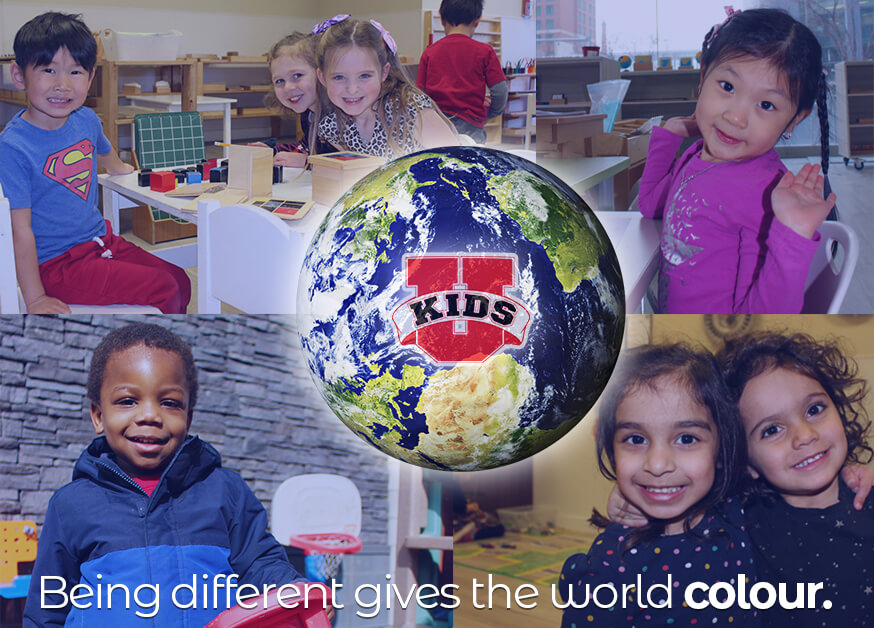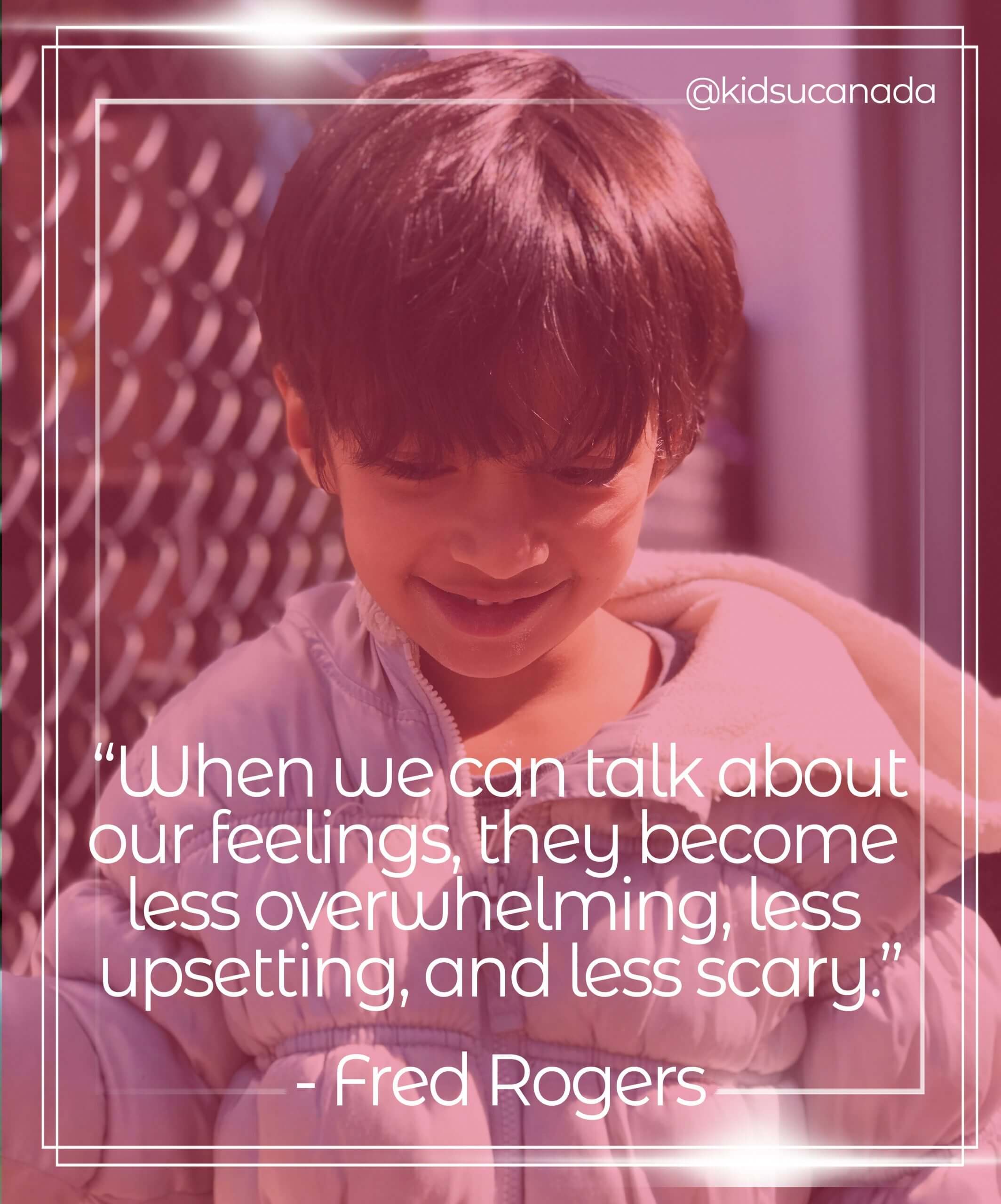Not really. Yes, it might take a few days for the toddler to get used to the daycare, but once she’s used to it, there are many benefits to be enjoyed. We are here for you if you’re looking for a daycare near you in Calgary. Research shows that daycare has long-term economic, social, and academic benefits to a child.
Furthermore, daycare attendance doesn’t hinder the parent-child relationship. On the contrary, it strengthens it since a kid can follow instructions better when she gets guidance from experts. In this blog, we will discuss daycare’s benefits in detail. Hopefully, the information will help you make the best decision for your kid.
Taking Your Kid to a Daycare Promotes Growth
A daycare is practically a school. It is the first time a kid experiences a structured environment. In this environment, the kid learns how to listen and act accordingly. Furthermore, all kids will be following a particular program designed to help a toddler grow in the best ways.
The teachers know how to encourage kids to take food, and they know just the right amount for them. Furthermore, your kid will feel more motivated to eat when she sees other kids eating. She will also learn how to do it herself without making a mess on the floor or herself. All these are parts of a child’s growth and vital lessons for later life.
Promotes Language
A toddler is still learning how to speak, and there is no better way of helping her than letting her communicate with kids her age. The daycare provides a language-rich environment, and the teachers teach them the right vocabularies to use as their understanding gets better. Toddlers have a lot of questions, and there is no one best suited to answer them than a kids teacher. The teacher will provide the child with short and logical explanations that they can comprehend.
Promotes Motor Skills
Daycares involve a lot of games that will help promote your kid’s motor skills. It is much better than having your kid sit around the house listening to the nanny’s stories. And even if the nanny will play with the toddler, it won’t be as fun as playing with kids her age. Our daycare has games that will make your kid climb, run, and have fun while developing her motor skills.
Kids Learn Responsibility and Compassion
In daycares, children learn how to take care of themselves and their peers. Teachers provide them with minor tasks that will help them learn different traits such as responsibility and compassion. For example, a teacher may ask your kid to serve herself and her peers a drink. Maybe she will make a mess on the first try, but she will only get better with time.
The teacher will also instill responsible behaviors such as washing hands before eating, saying sorry when she’s in the wrong, and sharing. For example, your kid may have to share toys with a kid who doesn’t have one.
Makes It Easy for a Child to Adapt to School Life
In the long run, your kid will have to attend school. Well, children who go through daycare find it quite easy to adapt to school life when the time comes. The faster your child adapts to school life, the better she’s likely to perform. Furthermore, your kid will gain a few things from the daycare that might actually be taught in kindergarten, giving her an upper hand over kids who never went through daycare.
Things to Know Before Taking Your Toddler to a Daycare
Here are a few things you should keep in mind before taking your kid to daycare.
- Everything will be fine. We know you love your kid, and you want what is best for her. Well, we can assure you that she will be in good hands in a quality daycare.
- A child getting sick in daycare is a normal thing and not a sign of an incompetent daycare.
- You will always be number one. The daycare teachers cannot replace parents’ love.
- Make sure that the daycare is licensed before taking your kid there.
Kids U
Talk to us if you require services of daycare in Calgary. We will help your kid become a better person in the future and ensure that she has fun while at it. Talk to us now.






















